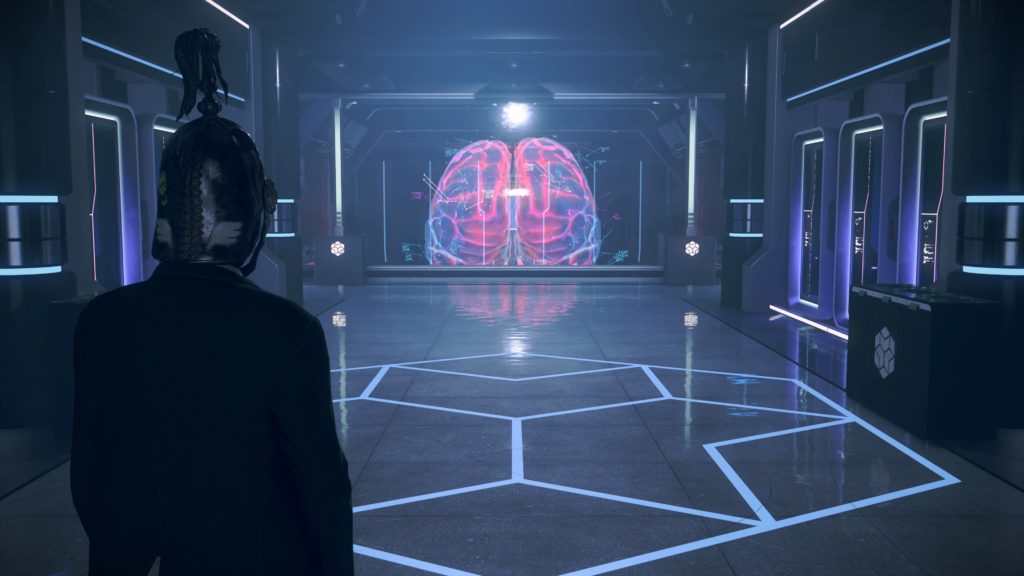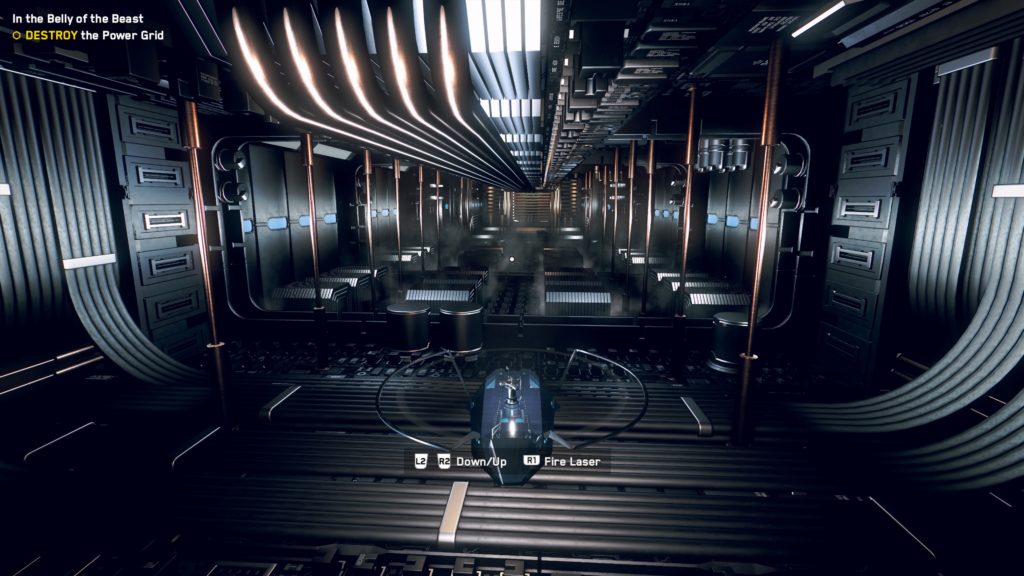- Genre: Action RPG
- Platform: Switch
- Originally Released On: Wii
Playing remakes is usually a bit weird. They’re typically a mix of nostalgia with enough of a new platform benefit to make replaying worthwhile. Skyward Sword isn’t necessarily different in that regard, although I think a lot of people’s opinion of the original was not great. This one on the other hand benefits from some core things being reimagined – because the Pro Controller is a thing, there’s now a control scheme for this game that isn’t simply motion waggling. While that was a big change that benefited the game a lot, it was interesting seeing where other parts of the game have aged better than others.
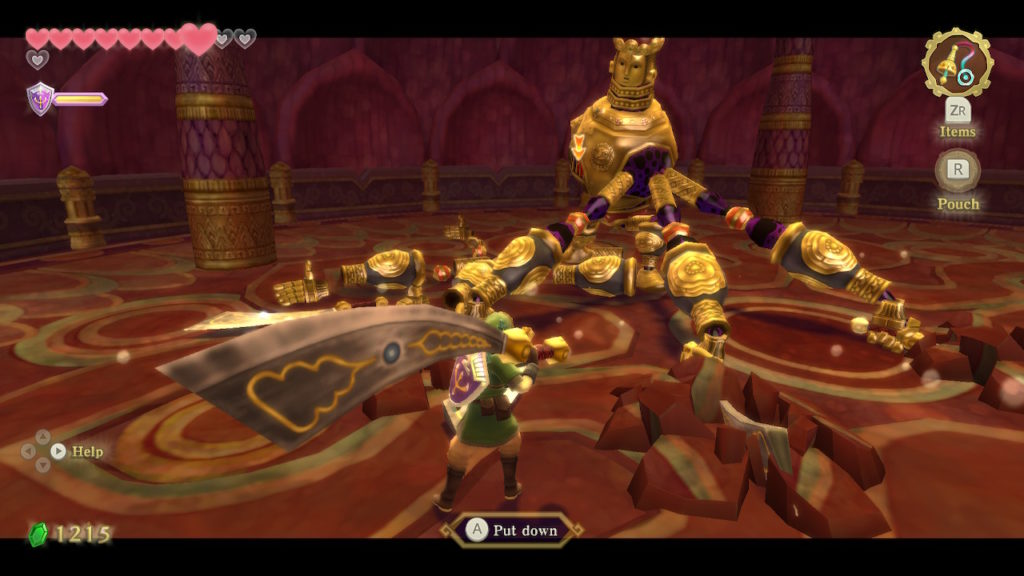
The input changes are the obvious focus of this remake, so it’s also the obvious place to start. Waggle sword has been replaced with right analog sword, and in isolation its an interesting and powerful change. The game was able to keep some of the direction based mechanics in an easy to use form factor (ex: scorpion boss requiring specific direction claw strikes). It still has spots where it felt like the responsiveness wasn’t quite there if I didn’t flick at the right speed, but it was a marked improvement over the Wii Remote input system. Nunchuck thrust shield bash has been replaced by a simple click of the left stick. Not having to lift off the movement controls or swing my arms around was a huge boon to shield bashing, and led to me using it to a far greater effect than the original game, despite the fact that my timing still sucks.
On the other hand, having two sticks dedicated to movement and combat means that the camera system is the odd man out. On the one hand, having to hold a button to use the right stick as a camera is still a significant improvement over the original game and other single-analog Zelda experiences. On the other hand, I’m not really entirely sure why they didn’t have an option for a simple L/R camera rotation system. With ZL target locking, having vertical camera movement isn’t super important. Not being able to move the camera at the same time as swinging was definitely a hazard during boss fights to the point where the camera button was frustrating in those situations. It felt like a weird way of trying to blend modern camera systems with a game clearly not built for them when there was likely better intermediate solutions.
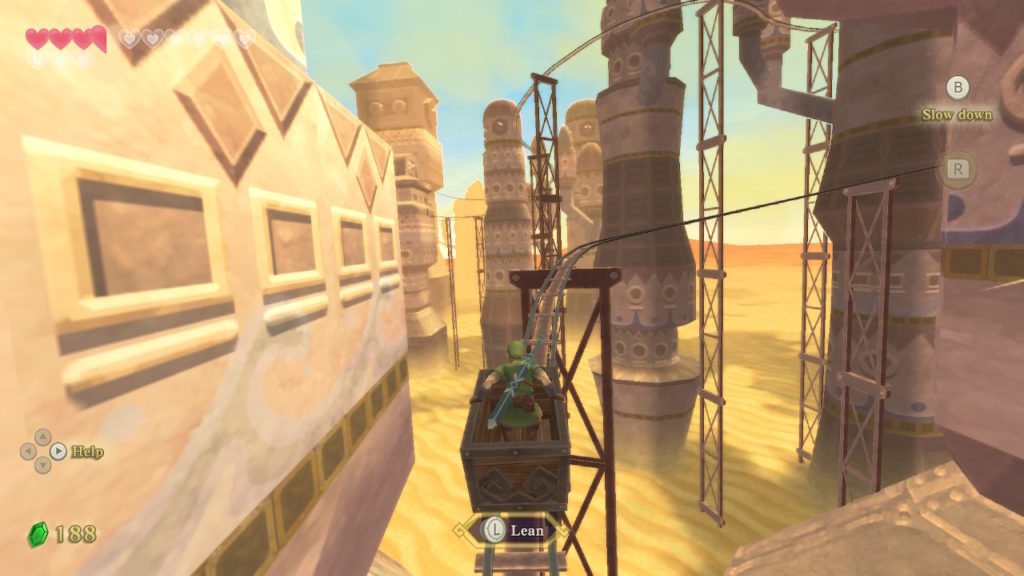
On the general gameplay front, I was pleasantly surprised by how much I ended up enjoying the overall meta game. In my original playthrough, I remember being frustrated that there was so much re-traversal of areas that you’d already been to. Compared to previous Zelda games, it felt like a cop out to minimize content production. I don’t know if it’s because Breath of the Wild was so fundamentally different, or that I’ve been playing a whole hell of a lot more Metroidvanias in the last decade, but this go around I really enjoyed it.
Part of this playthrough for me was that I was a lot more intentionally completionist than I typically would be. I was making mental notes of areas that I couldn’t get to, treasures I didn’t have the right tool for, paths I couldn’t make my way through, etc. Because of this, I also had a checklist of new things to do when revisiting an area. Sure there was always a cool new section of the regions to visit, but I also had other things to do – grab heart pieces, grab rupies, grab bugs, get those item upgrades – so revisiting an area never felt like a chore. I think ultimately it comes down to me just playing games differently now than I did at the first release of this game, and the overall meta game setup just hit better for me this go around.
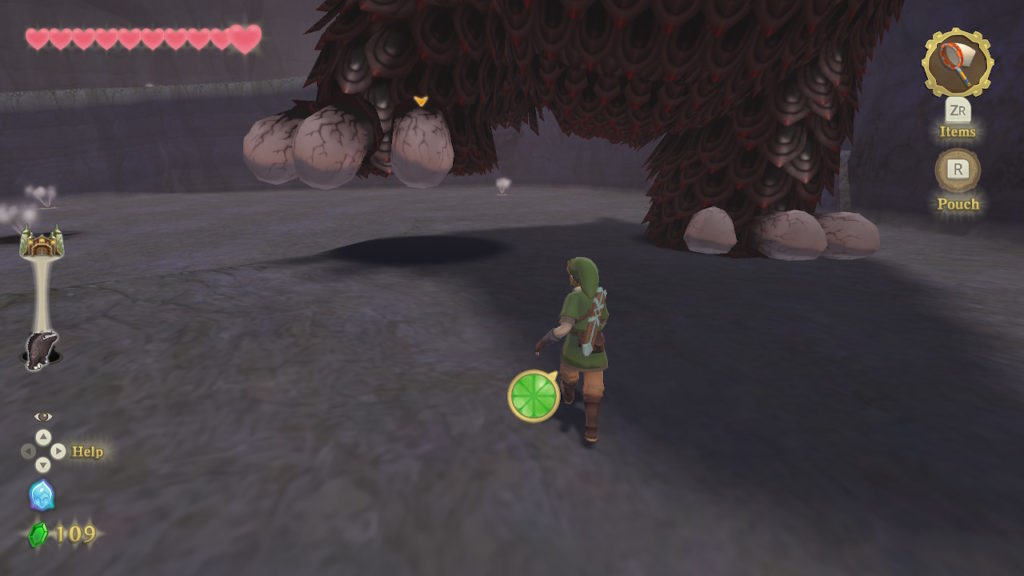
What didn’t hit so well with me was The Imprisoned trilogy of boss fights. The amount of times this thing fell just right to completely block the path, or fell just right to knock me off a cliff DURING ITS OWN CUTSCENE to my doom was obnoxious. I actually died in the second fight because I flippantly started it at low health already, got knocked off the cliff all three times when it collapsed, and died. These fights just didn’t age well, and it was entirely down to bugs.
The other bosses generally worked much better. Some of my frustration with them stemmed from odd camera difficulties that existed in the original game, so in a lot of cases it was expected frustration. I ended up dying my first go around in the final fight against Demise because my shield bash timing was quite frankly that bad. Some of the Ghirahim stuff was mechanically weird in ways I didn’t remember (ex: hold sword to the left as a distraction then QUICKLY do a swipe from the right to damage him?????). By and large though the fights are generally as good as other 3D Zelda games, even if they have the same typically three phase pattern in all of them.
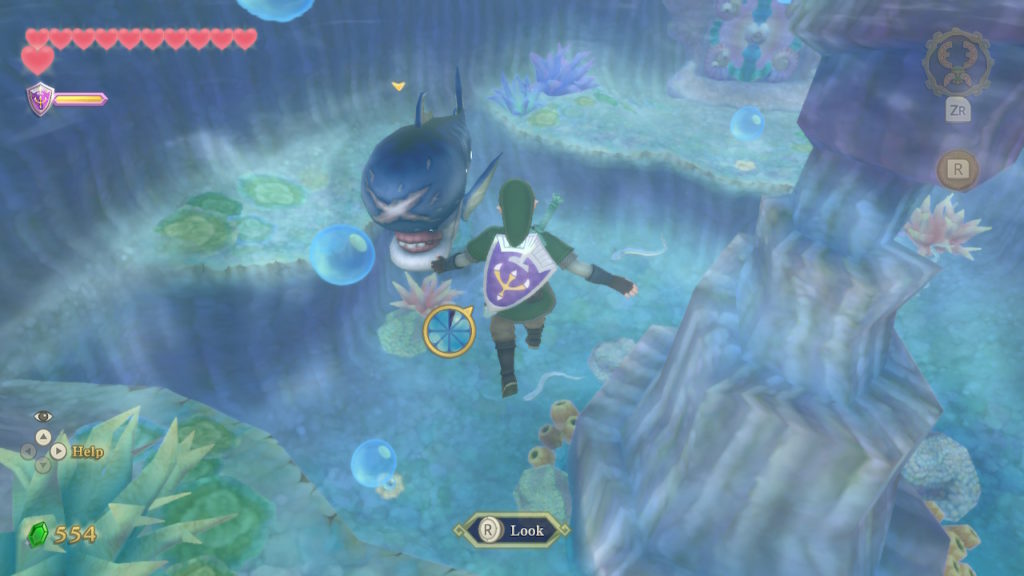
The thing I think I’ve got out of this is that I can recommend Skyward Sword a lot easier than I could before. I always really adored the original game, but I was cognizant of the fact that it was a hard recommendation. The controls were just too inconsistent. However, that’s mostly gone away and the rest of the game has aged well enough that I think it’s worth playing. It’s an interesting transition point between Twilight and Breath where it’s still got the linear dungeon path, but starting to move into some open worldish stuff and upgrade systems, and despite the odd controls it’s a lot of fun to run through. It being readily available on a very popular system also isn’t going to hurt its case. If you’re looking for that classic 3D Zelda itch, you probably won’t do better any time soon.
Also, the cat dog bird thing is a jerk.
This is for attacking me at night. pic.twitter.com/Lp3q7obLOg
— Dan Weiss (@schenksmill) July 24, 2021


